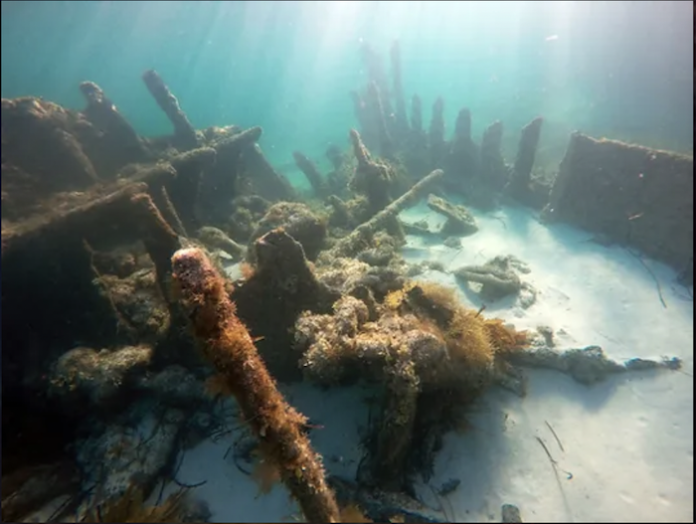The World War II shipwrecks scattered across Australian waters serve as haunting reminders of the fierce naval clashes that unfolded in the Pacific Theater. Caught in the crossfire of a titanic struggle between the Allies and the Axis powers, these submerged relics tell of a time when Australia’s shores and surrounding seas became a pivotal battleground.

